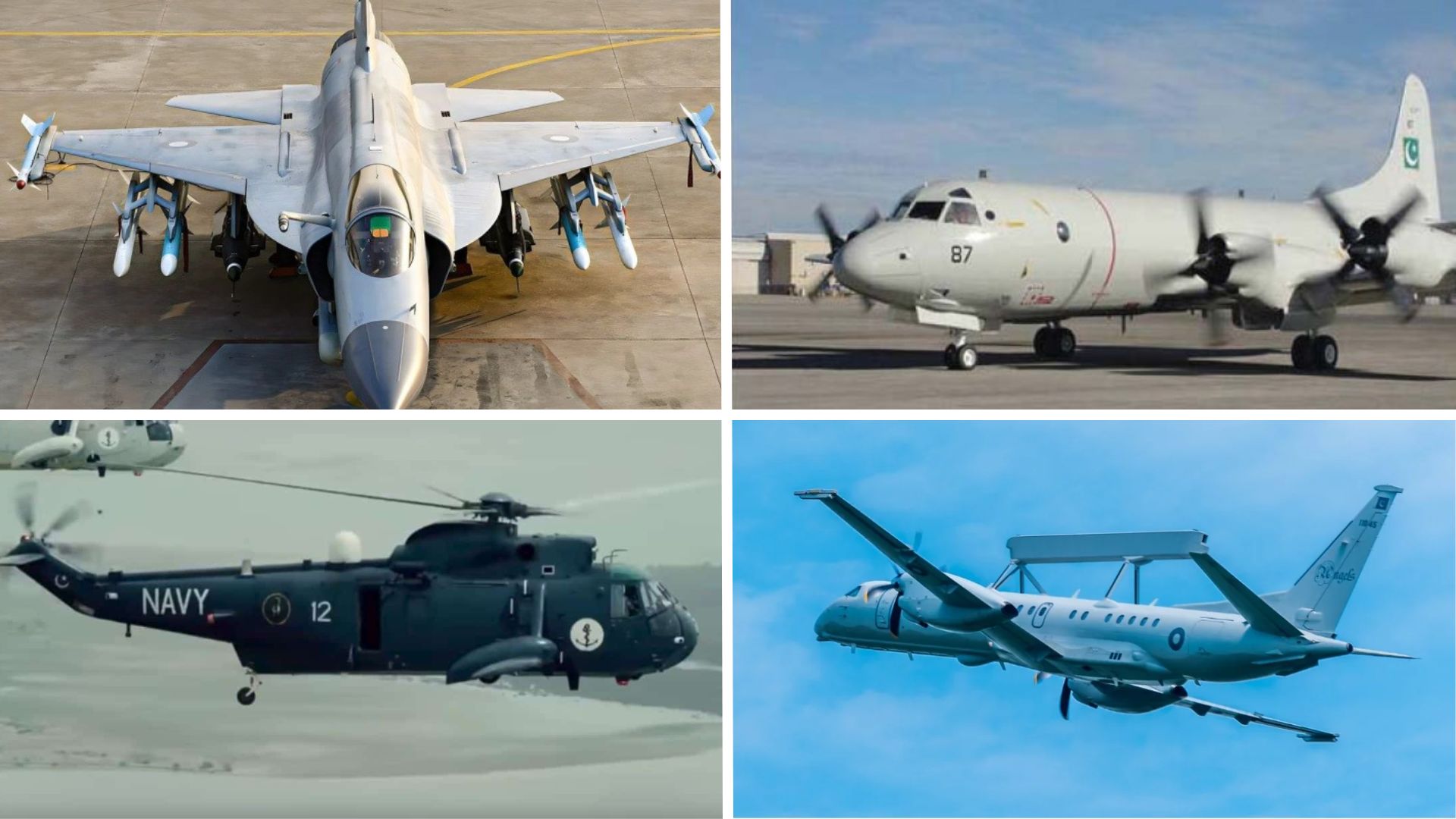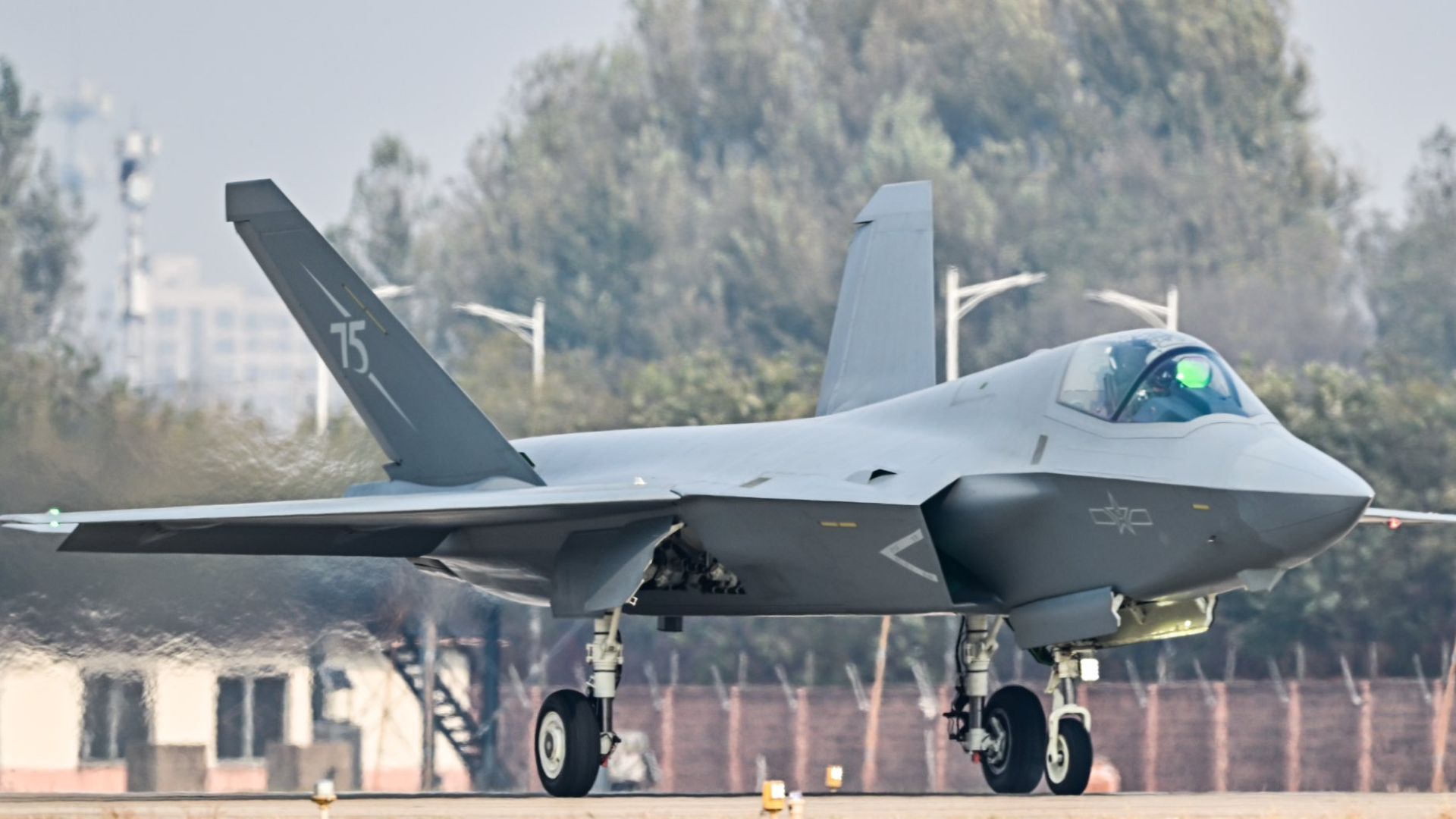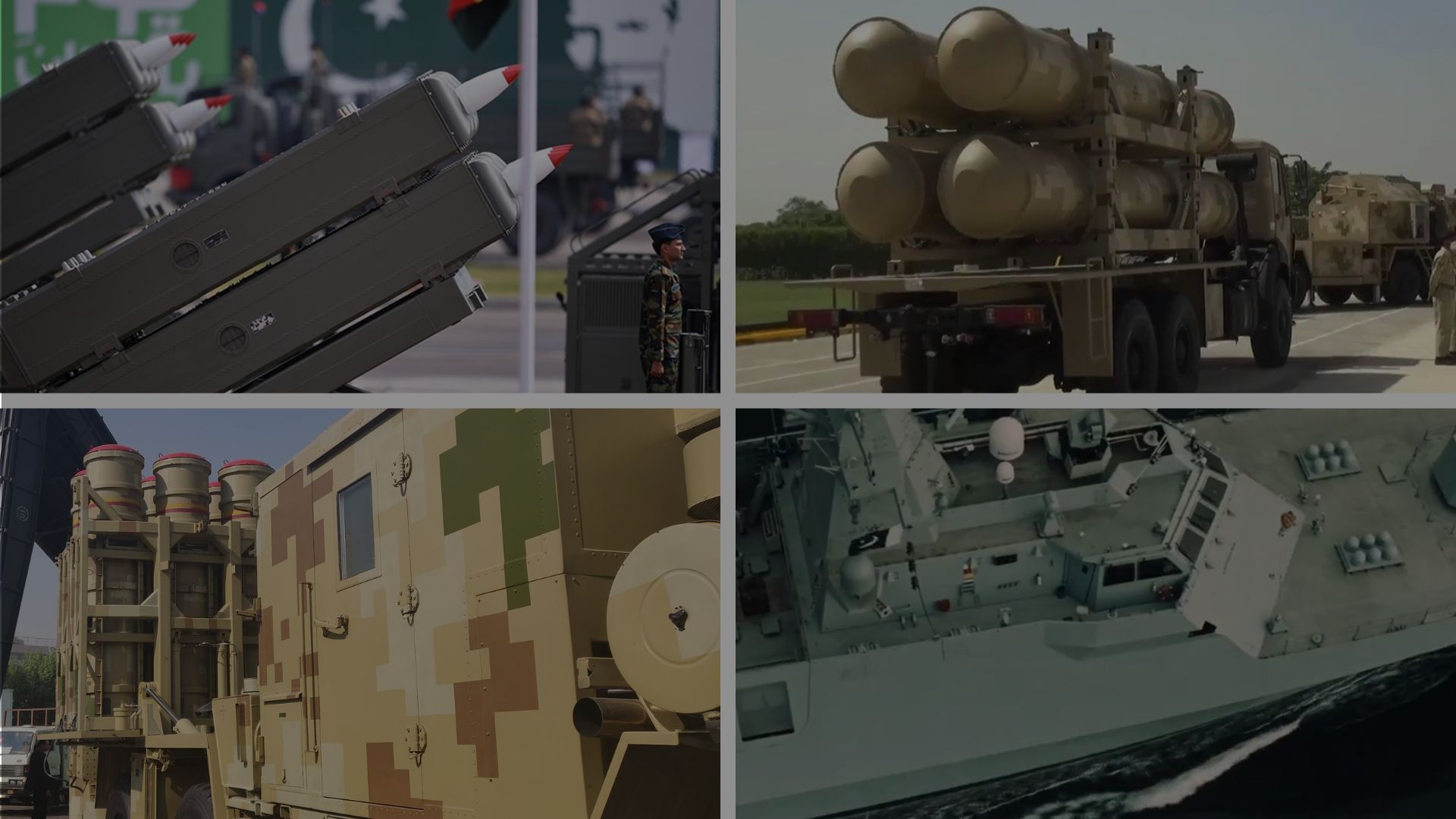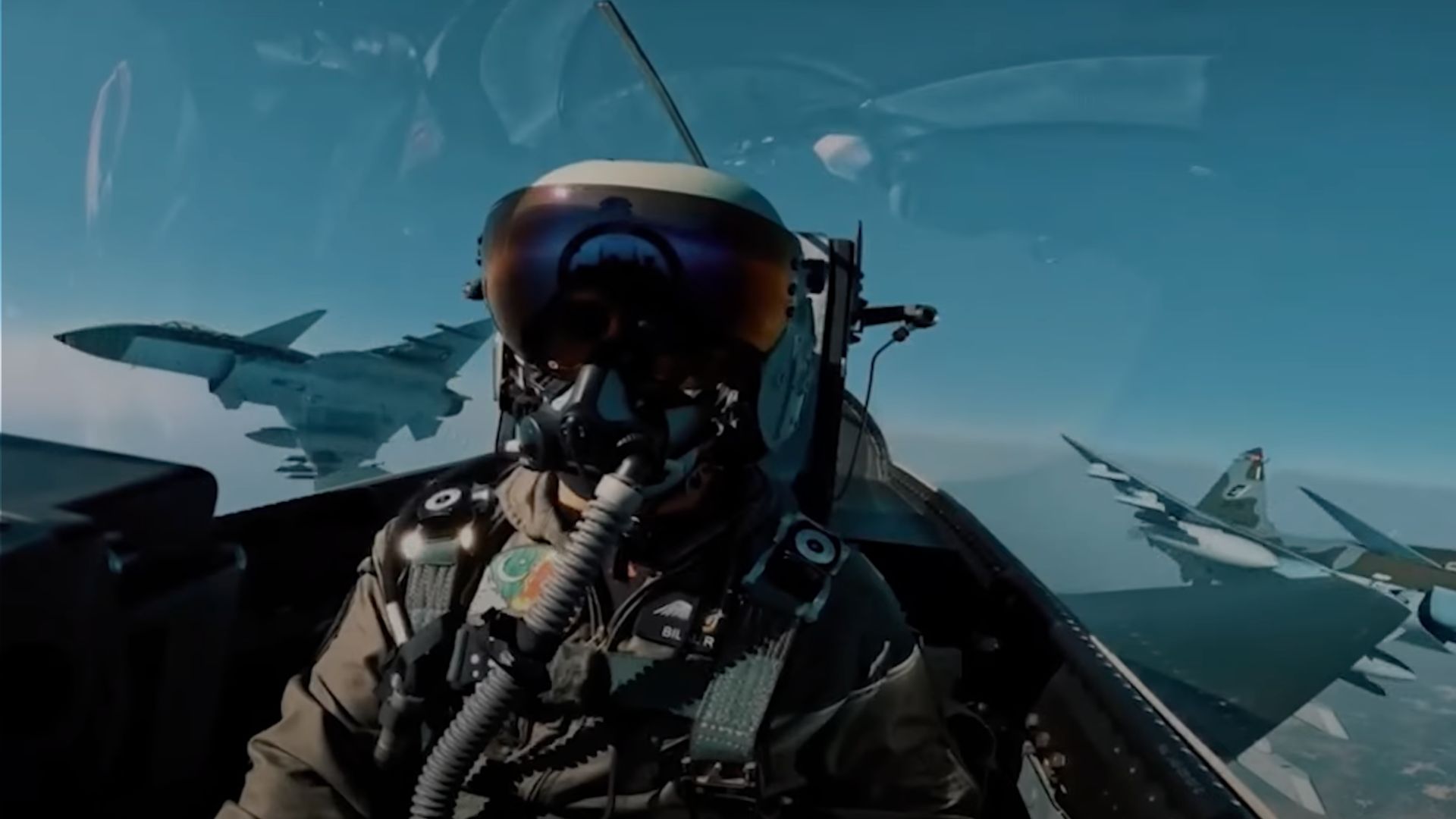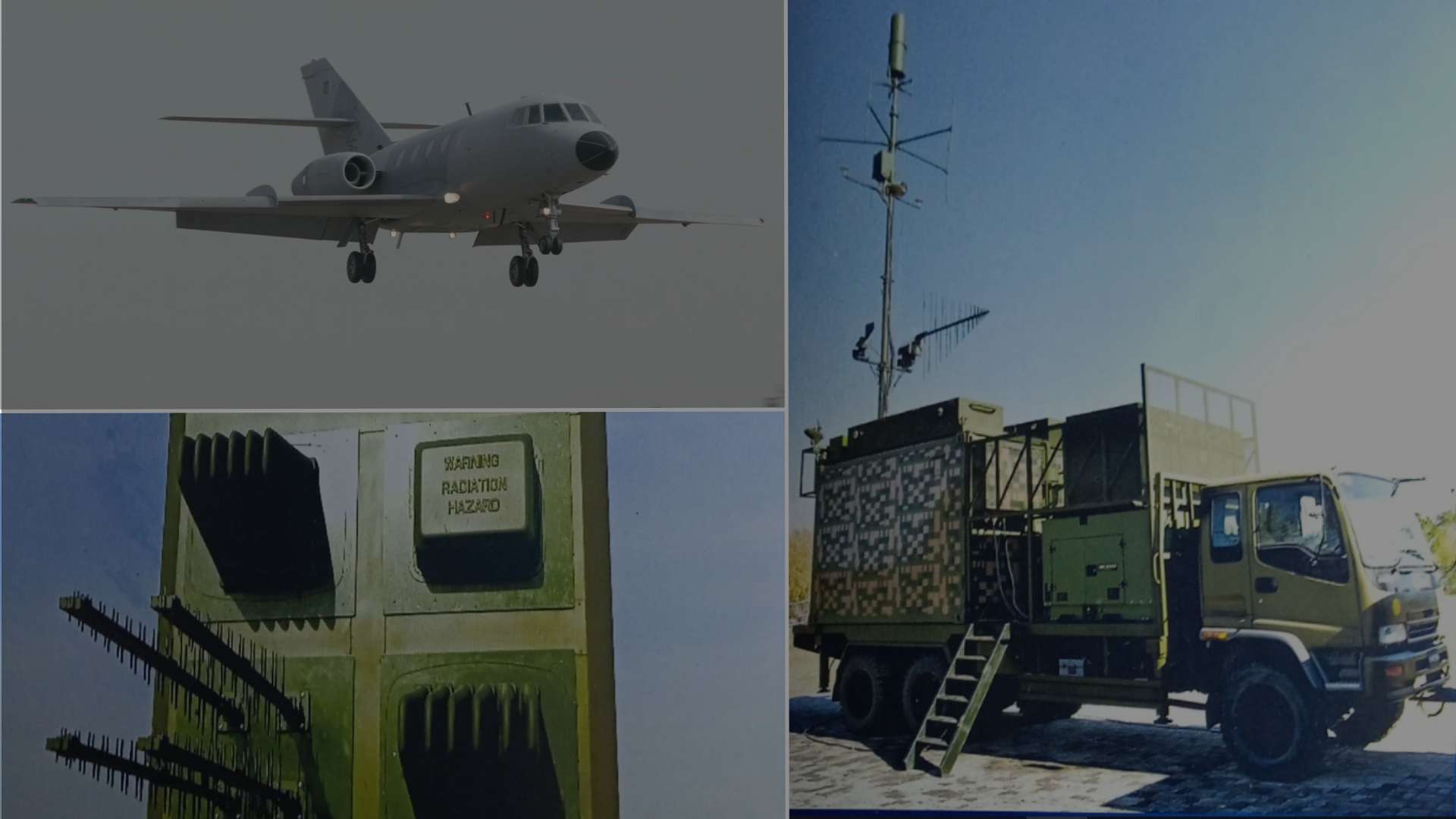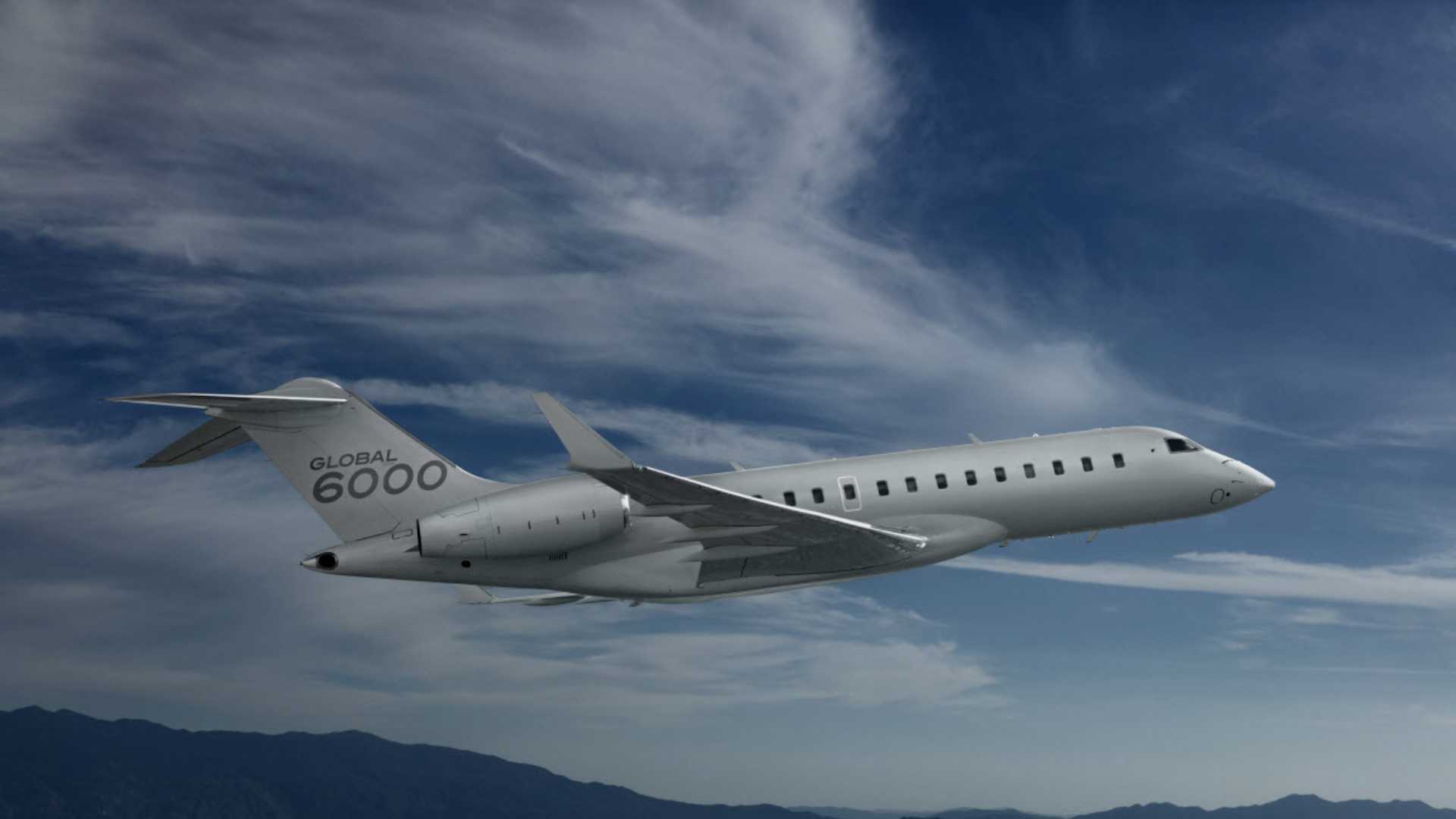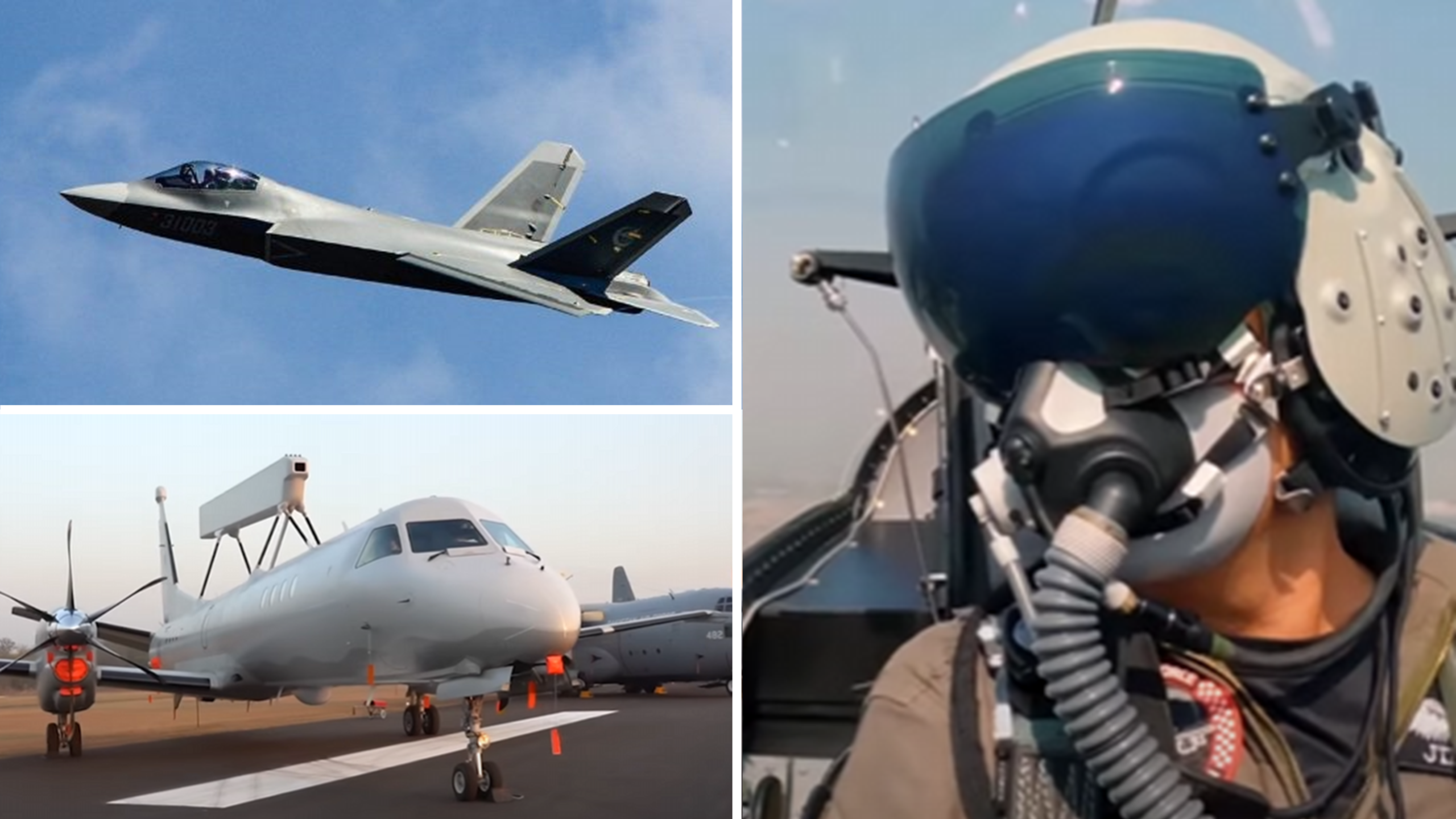On 06 June, the Government of Pakistan announced (on the platform X) that China proposed an arms package consisting of 40 Shenyang J-35 next-generation fighter aircraft (NGFA), the HQ-19 theatre air defence system, and the KJ-500 airborne early warning and control system…
